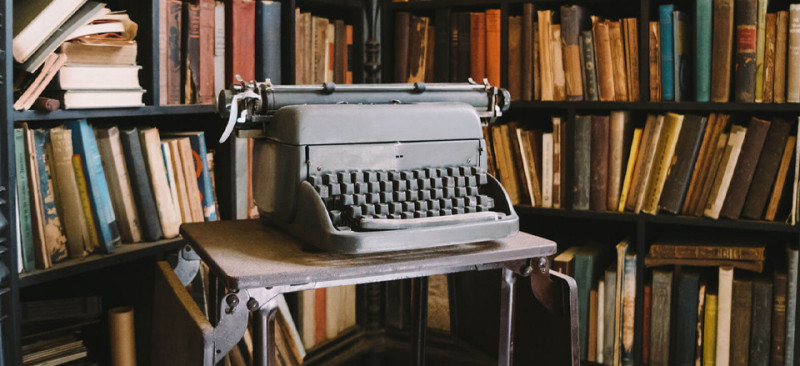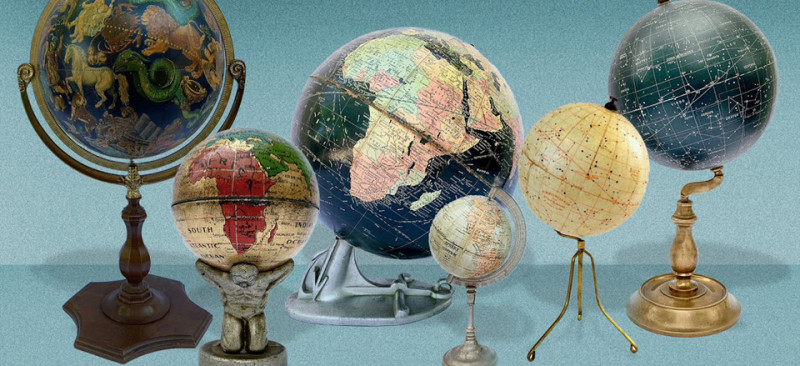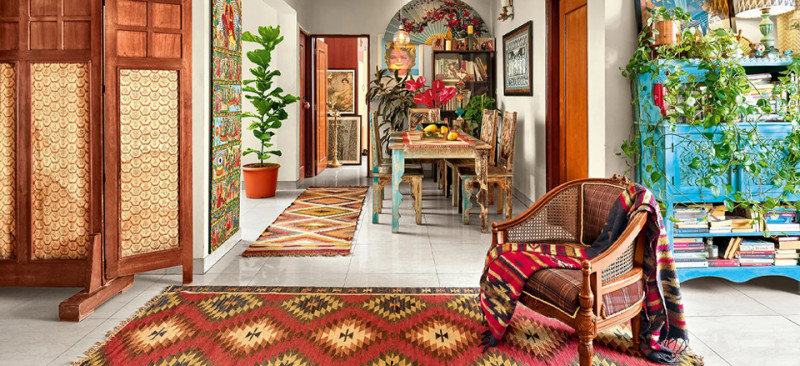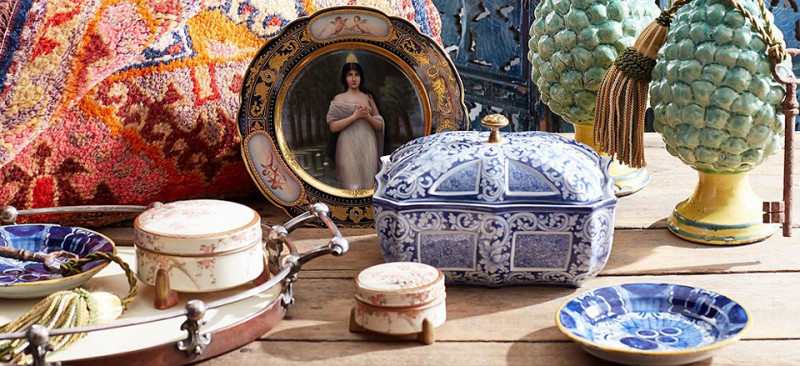The Fascinating Stories Behind Popular Antique Items
Antiques have a unique way of bringing the past right here. Every object tells a tale about its manufacturer, owners, and age of manufacture. Whether they are an antique tea set, a sophisticated grandfather clock, or a classic typewriter, these ageless gems are windows into history rather than just things.
Celebrating their beauty, workmanship, and the lives they have touched throughout centuries, this post reveals the amazing histories behind well-known antique objects.
1. Grandfather Clocks: The Residential Beating Heart
Often featured boldly in homes, the famous grandfather clock has late 17th century origins. William Clement invented the first longcase clock in 1670, transforming timekeeping by means of its pendulum form.
A popular song in 1876 called “My Grandfather’s Clock” by Henry Clay Work won these clocks their “grandfather” appellation from an emotional narrative of a clock faithfully running through its owner’s life.
Grandfather clocks are emblems of family legacy, fortitude, and grace. Why fascinate us? Every tick and chime ties us to a time when mass production was less important than workmanship.
2. Vintage Tea Sets: Reflecting Elegance and Customary Traditions
Especially in England and China, antique tea sets became a mainstay of elegant events in the 18th and 19th centuries. Early tea trade considered opulent imports from porcelain tea sets created from Chinese blue and white ceramics.
In Europe, tea sets’ status symbol was set by Meissen’s and then Wedgwood’s emergence of excellent porcelain manufacture. Families passed on these jewels as heirlooms; many of them still carry the memories of tea parties, subdued chats, and times spent with loved ones.
Every tea set, with its intricate patterns and hand-painted decorations, transports us to a time of elegance and social grace gone by.
3. Antique Typewriters: Instruments of Great Writers
The best writing machine available before computers and tablets was the typewriter. Originally developed in the early 19th century, it gained great popularity by the 1870s with the release of Sholes and Glidden’s typewriter, subsequently sold as the Remington No. 1.
Literary masterpieces created on these machines by well-known writers such Mark Twain, Agatha Christie, and Ernest Hemingway were Keys clicking and the swing of the carriage return evolved to represent innovation and diligence.
Antique typewriters evoke in us a slower, more deliberate writing process in which every word had weight. Having one feels as though one is clutching a bit of literary legacy.
4. Vintage Pocket Watches: Temeless Masterpieces
Once basic accessories for both men and women, pocket timepieces were vital. Rising to prominence in the 16th century, their excellent workmanship—that of Swiss and British watchmakers—became markers of rank in the 19th century.
Abraham-Louis Breguet, who designed some of the most complex watches for royalty, including Queen Marie Antoinette, is among the most intriguing figures. Often passing through generations as heirlooms, pocket timepieces feature engraved messages or family creasts.
Pocket watches, prized for their beauty and emotional relevance, capture the art of precision engineering and ageless elegance.
5. Antique Woodwork: Stories Created
Antique furniture, whether it’s a Queen Anne cabinet or a Chippendale chair from the 18th century, reveals creative inventiveness. Often employing wood like mahogany, oak, and walnut, ancient craftsmen carved, sculpted, and crafted furniture to last centuries.
Traditionally handed to young women getting ready for marriage, the Hope Chest is one amazing item loaded with linens, mementos, and fantasies of a new life. These chests today are moving reminders of family ties and customs.
Antique furniture offers hints about the tastes, habits, and values of the period in which it was created, therefore combining utility with history.
Why do antiques still enthrall us?
More than just beautiful artifacts, antiques are physical links to history with stories that inspire imagination and inquiry. These are the reasons they still enthrall us:
Craftsmanship: Often unparalleled in the mass-produced world of today, antiques highlight great artistic ability.
Every patina, etching, or scrape marks years of use and life events.
Choosing antiques is a sustainable decision that gives already owned objects fresh vitality.
No two antiques are precisely the same, hence your house will have a distinctiveness and charm.
How to Unearth the Stories Behind Your Antiques?
Research: On your antiques, find maker’s marks, hallmarks, or labels. These sometimes show the age and source of an object.
Get in touch with experts. Your valuables might be very revealing from the perspective of antique dealers, appraisers, and collectors.
Family History: Inquire of elderly relatives about treasures and the history behind them—you could be surprised!
Ultimately: Valuables That Share Stories
Antiques’ appeal stems from their story as much as from their appearance. From tea sets that brought families together to grandfather clocks marking years of time, every object links us to people, locations, and previous customs.
Our specialty at [Your Online Shop Name] is selecting classic pieces to accentuate historical aspects of your house. Discover items in our collection that have stories just waiting to be told and loved for years to come.








Add comment
You must be logged in to post a comment.